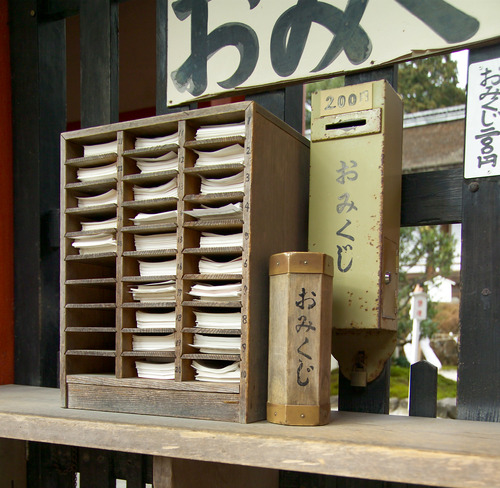
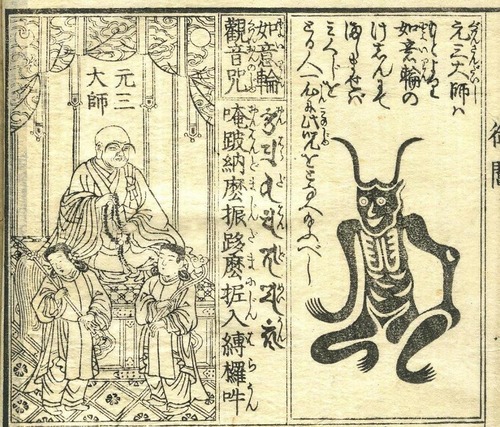
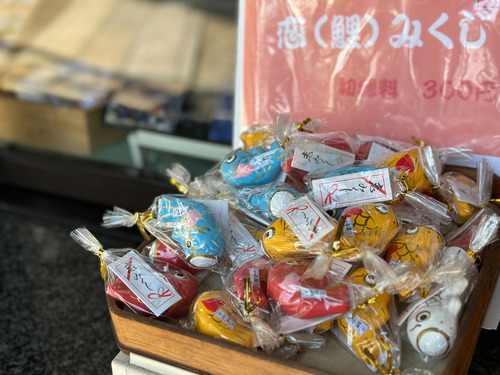
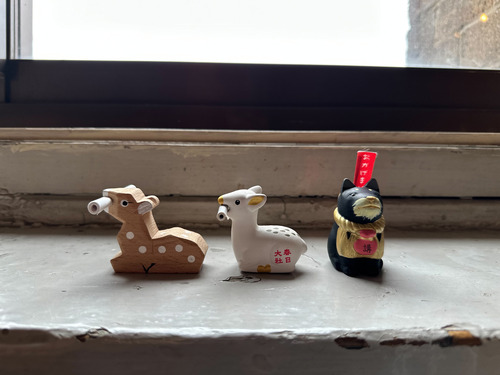
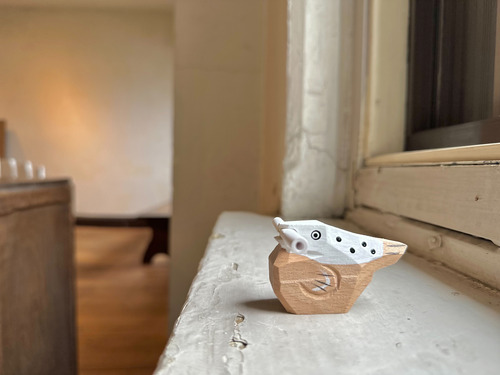
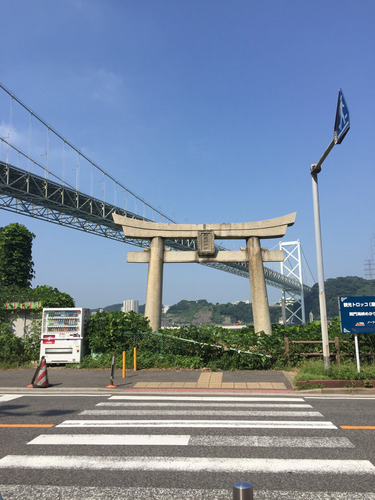
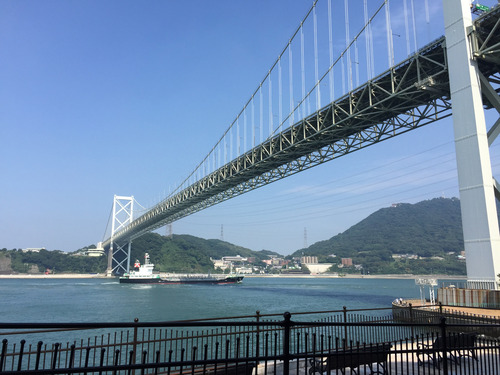
[Omikuji]
Everyone in Japan has drawn omikuji (a paper fortune) at the beginning of the year or when starting something. Omikuji is a uniquely Japanese cultural practice that evolved in Japan, and is used at temples and shrines throughout Japan to divine personal fortune and good fortune. It is customary to receive words written on paper, such as waka poems at shrines and Chinese poetry at temples, to guide one's life.
In ancient times, when important matters related to national politics or the selection of successors were discussed, a lottery was sometimes drawn to divine the will of a deity, and this is believed to be the origin of the "mikuji."
The present-day omikuji found in many shrines and temples originated at Enryakuji Temple on Mount Hiei, the head temple of the Tendai sect of Buddhism. Ryogen, known as the founder of Enryaku-ji Temple and also known as Ganzan Daishi or Jie Daishi, created the original "Ganzan Daishi Hyakusen," the original Japanese omikuji, based on an old lottery called "Tenjikureisen" that came from China during the period of the Northern and Southern Dynasties to the early Muromachi Period. The original form of this lottery is said to have been created by having the visitors draw one of the 100 verses of a five-word, four-phrase chorus said to have been given by Kannon Bodhisattva and instructing them on the path they should take based on the chorus.
During the Edo period (1603-1867), this Ganzan Daishi Hyakusen became very popular and spread throughout Japan. In the Meiji era (1868-1868), the new government issued a decree separating Shintoism and Buddhism on March 13, 1868, which prohibited shrines from using omikuji that had Buddhist origins, and prompted the development of original omikuji for shrines. From there, waka poems were often placed on omikuji at shrines and Chinese poetry at temples.
Nowadays, there are also many playful omikuji and doll omikuji that can be used as ornaments. Ceramic and carved wooden omikuji are also seen. The most famous carved wooden omikuji are probably Oumamikuji of Kamigamo Shrine in Kyoto Prefecture and Shikamikuji of Kasuga Taisha Shrine in Nara Prefecture.
Mekari Shrine in Moji Ward, Kitakyushu City, has a wooden carved Fukumikuji. Mekari Shrine is located at the northernmost tip of Kyushu, and the Kanmon Strait in front of the shrine is famous for fugu (blowfish), which in this region is called "fuku" for good luck. The figures, carefully carved one by one by craftsmen, are warm and inviting. With a fortune attached to the gift, doesn't it also feel very auspicious?
Mekari Shrine
https://www.mekarijinja.com/
Wakamatsu Showroom
https://www.shokunin.com/en/showroom/wakamatsu.html
References
https://ja.wikipedia.org/wiki/%E3%81%8A%E3%81%BF%E3%81%8F%E3%81%98
https://www.jinjahoncho.or.jp/omairi/osahou/omikuji
https://thegate12.com/jp/article/421